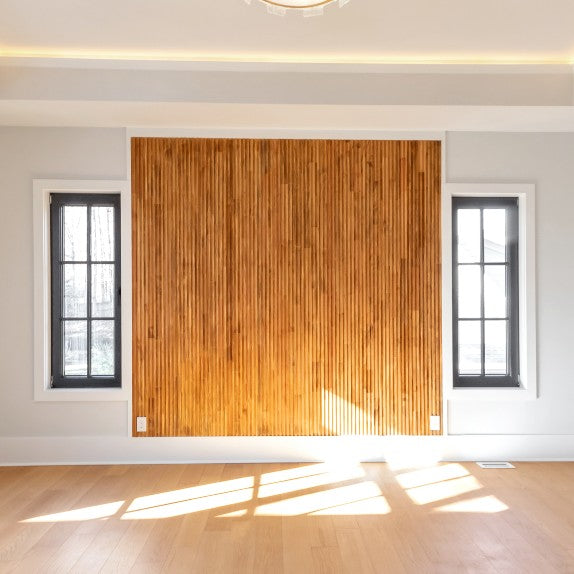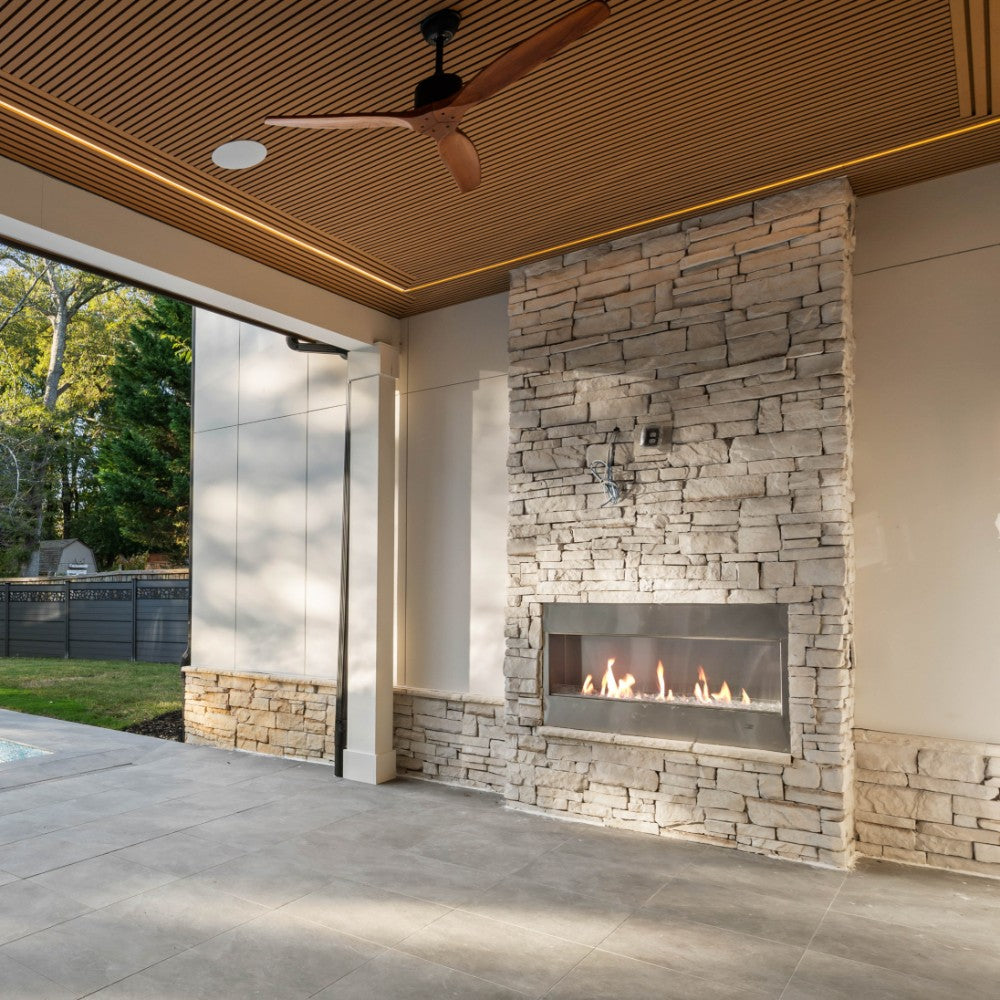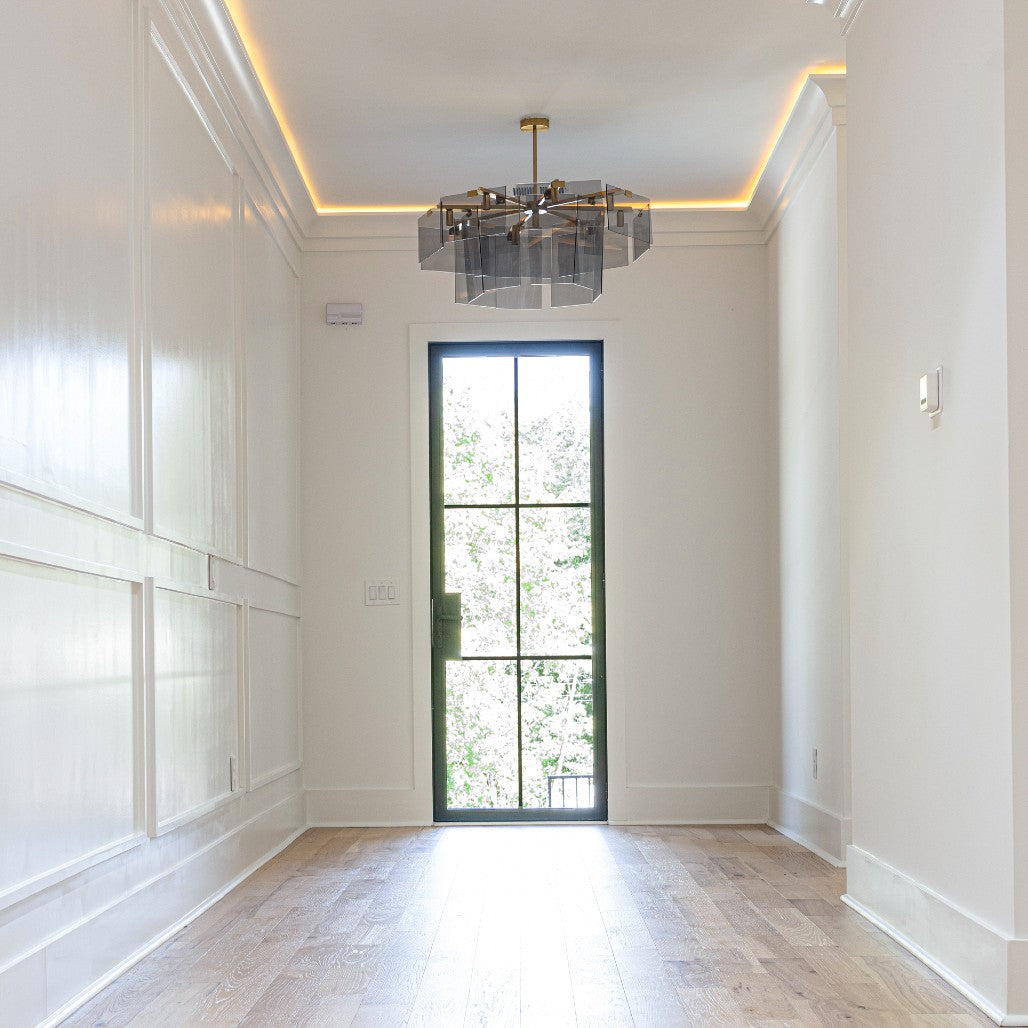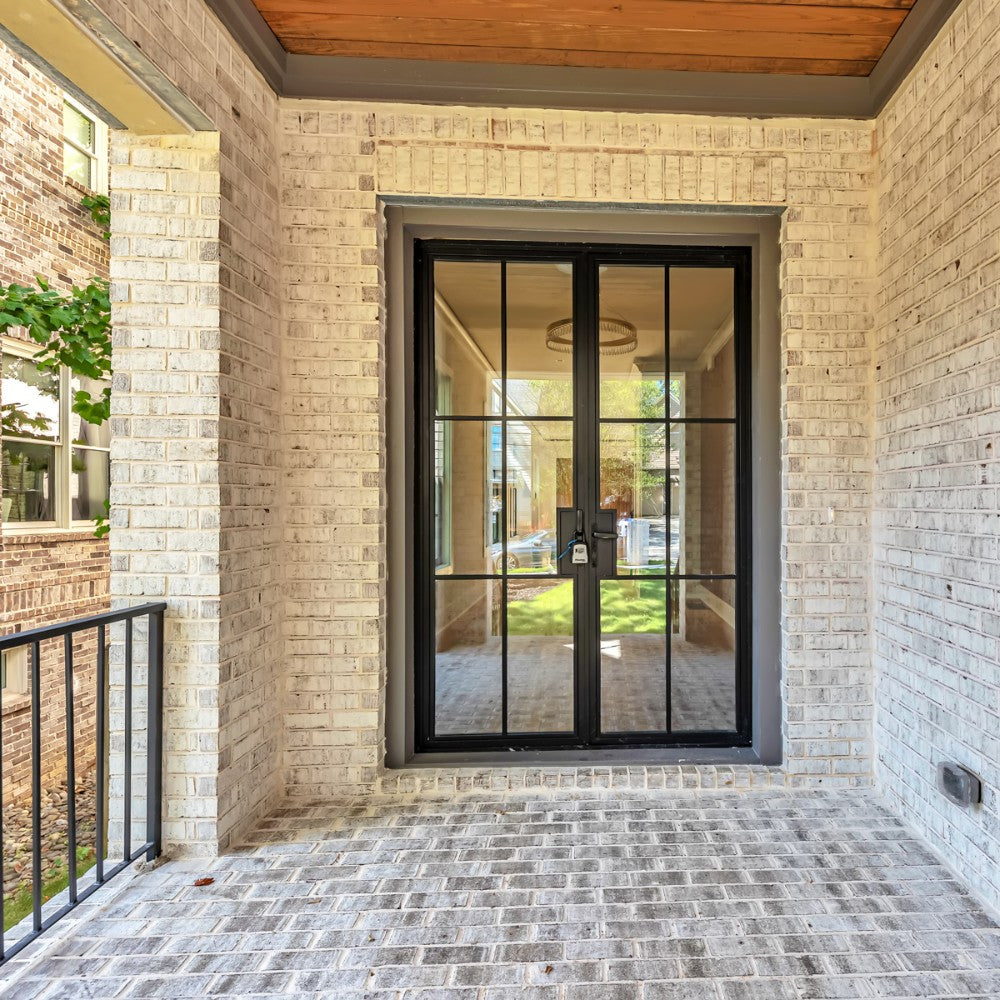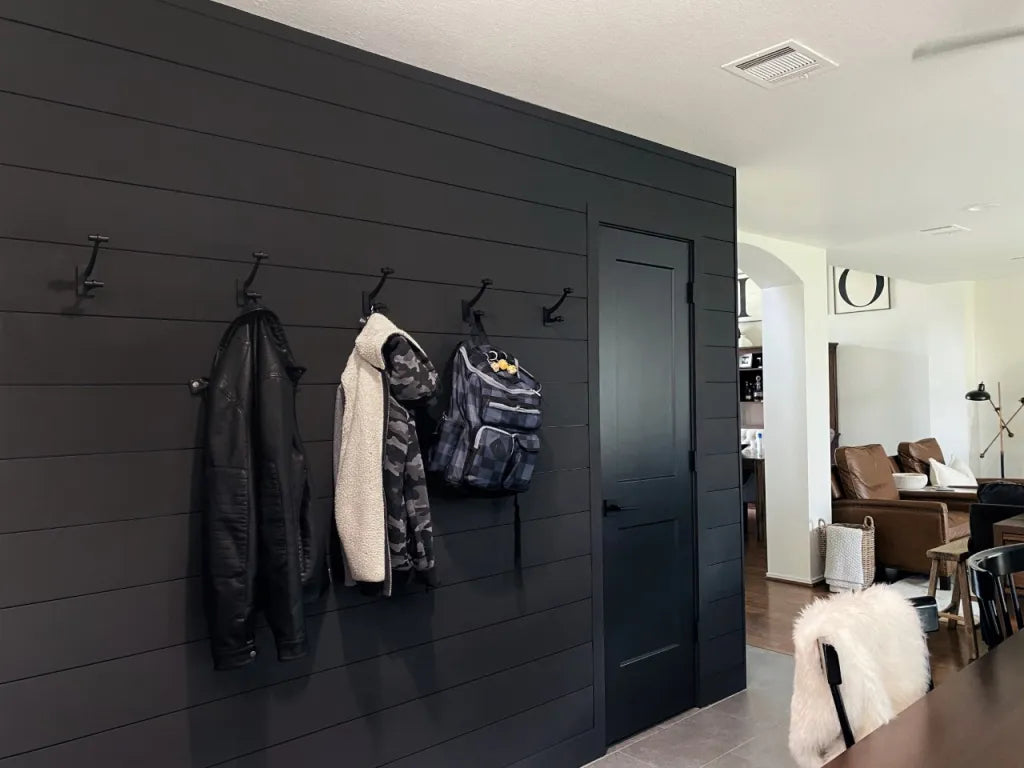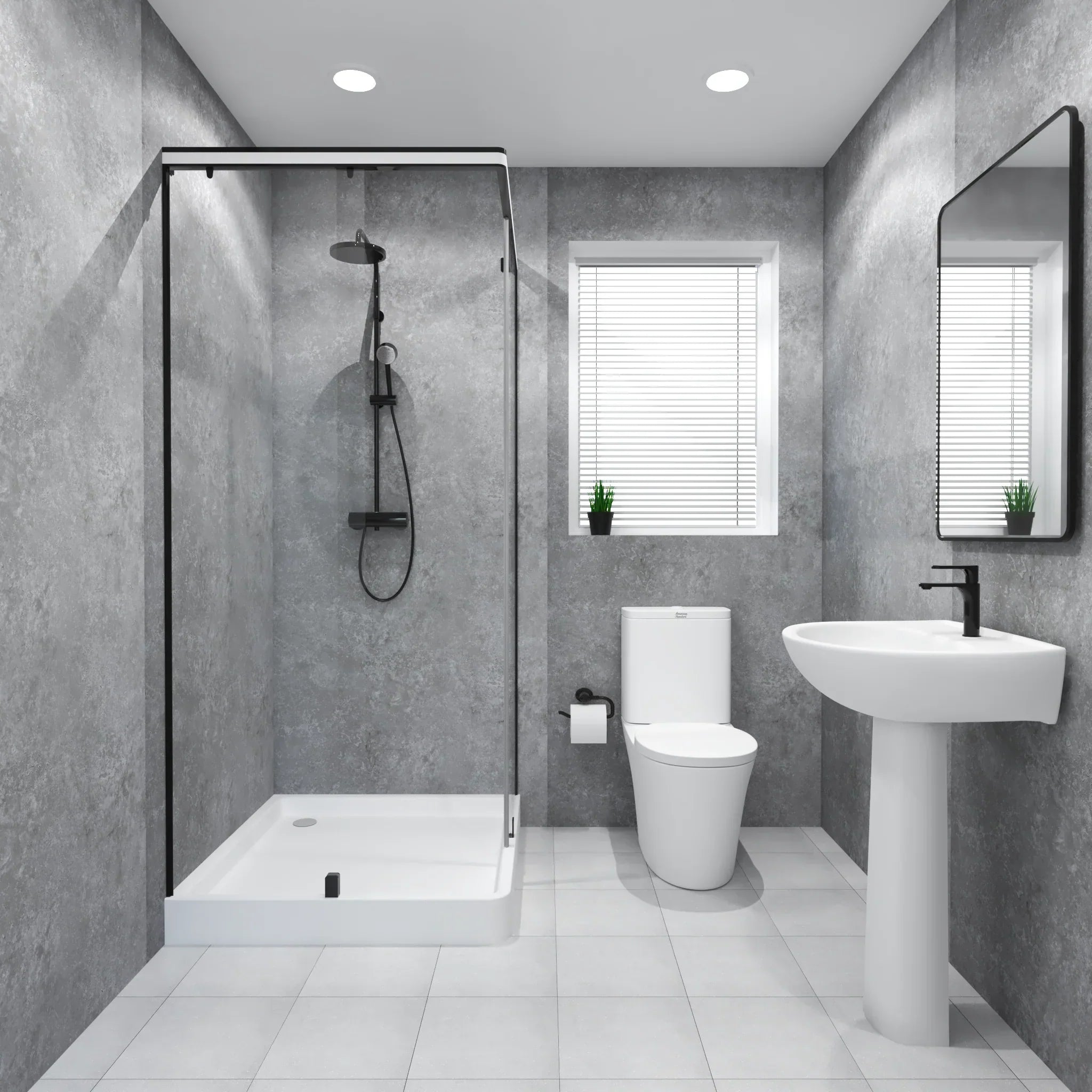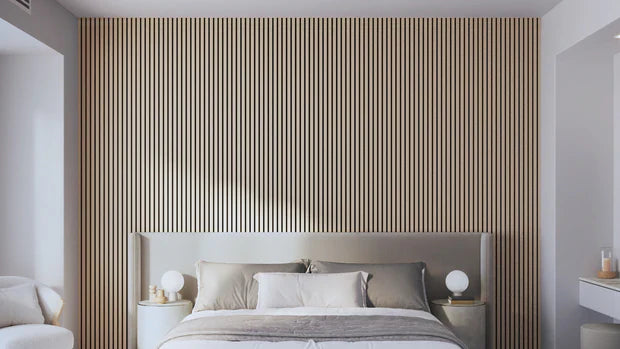
White Oak Paneling: Timeless Elegance for Modern Interiors
What is white oak panelling?
White oak panelling is a premium wood product derived from the white oak tree, known scientifically as Quercus alba. This form of paneling is well known for its energy, durability, and unique grain patterns. The wood's mild to medium brown colors, regularly with an olive tone, offer an impartial palette that complements diverse interior layout styles. White oak panelling is available in several types of paper, along with strong timber, engineered panels, and veneers, each presenting specific benefits depending on the utility.
Historical Significance and Modern Appeal
Historically, white alright has been a favoured fabric for shipbuilding, flooring, and pleasant furniture due to its robustness and resistance to moisture. In modern indoor design, white wall panelling has experienced a resurgence, preferred for its capacity to add warm temperature and texture to areas. Its versatility lets it be used in both subcultural and modern settings, making it a undying preference for owners and designers alike.
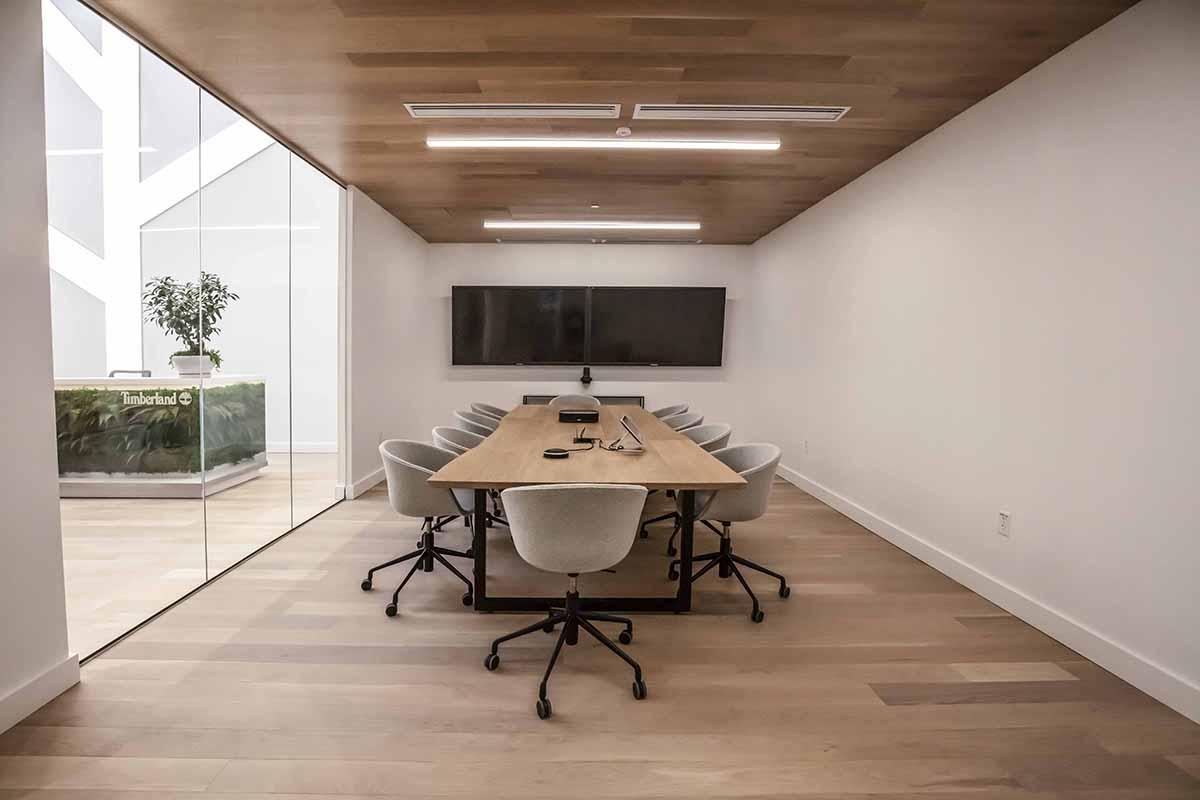
Benefits of Choosing White Oak Paneling
Durability and Strength
White oak is renowned for its tremendous hardness and power, making it a super cloth for paneling that withstands daily wear and tear. Its dense grain structure affords resistance to dents and scratches, ensuring toughness. Additionally, white okays herbal resistance to moisture and rot makes it suitable for numerous environments, such as areas with better humidity levels.
Aesthetic Versatility
The subtle grain patterns and neutral tones of white oak paneling offer a versatile aesthetic that may adapt to a couple of layout themes. Whether aiming for a country farmhouse appearance or a sleek, contemporary end, white o. K. offers an appropriate backdrop. Its ability to accept stains and finishes well allows for customization, permitting homeowners to obtain their preferred atmosphere.
Environmental Sustainability
White okayis a sustainable desire for environmentally aware clients. Sourced more often than not from North American forests, responsible harvesting practices ensure the replenishment of this treasured useful resource. Moreover, the longevity of white o.K.Paneling reduces the need for common replacements, contributing to lower environmental effect over the years.
Types of White Oak Paneling
Solid White Oak Panels
Solid white okay panels are crafted from well-lumbered white, presenting unrivaled sturdiness and a steeply-priced experience. These panels are perfect for exterior areas and areas where the natural splendor of the timber is a focal point. While they arrive at a better charge factor, their longevity and undying appeal frequently justify the investment.
Engineered White Oak Panels
Engineered panels include a skinny layer of white o.K.Veneer bonded to a center product of plywood or high-density fiberboard (HDF). This creation offers stability and resistance to warping, making them appropriate for areas in which moisture ranges vary. Engineered panels are regularly more valuable than solid timber; at the same time, they offer white oak's cultural advantages.
Veneer White Oak Panels
Veneer panels are characteristic of a skinny slice of white well-applied over a substrate, imparting a cheap alternative for achieving the look of solid timber. While they may now not offer the equal intensity and texture as thicker panels, veneers are lightweight and less complicated to install, making them a realistic choice for ornamental programs.
Design Applications of White Oak Paneling

Residential Interiors
In houses, white o. paneling may be used to create feature partitions, wainscoting, or ceiling remedies that add individuality and warmth. Its neutral tones supplement various coloration schemes, allowing for flexibility in decor. Whether in residing rooms, bedrooms, or hallways, white very well-paneling enhances the general ambiance of residential spaces.
Commercial Spaces
White very well-paneling is likewise frequent in commercial settings, together with workplaces, inns, and retail shops. Its sophisticated look conveys professionalism and a pleasant atmosphere, making it a famous choice for reception areas and conference rooms. Additionally, its durability ensures it can meet the needs of the extreme-site visitors' environments.
Accent Walls and Ceilings
Using white all rightpaneling for accent partitions or ceilings can transform a space, adding intensity and visible hobby. The herbal grain styles function a layout detail, reducing the need for additional decor. This application is mainly practical in open-concept regions, wherein defining spaces without bodily boundaries is favored.
Installation Process of White Oak Paneling
Preparation and Tools Required
Before setting up, it is critical to acclimate the white alright panels to the room's environment for least fortof forty-eightrs to save you enlaan rgement or contraction submsetupols required include a degree, measuring tape, saw, adhesive, nails or screws, and a nail gun or hammer. Ensuring the wall floor is easy, dry, and level is crucial for a hit installation.
Step-through-Step Installation Guide
Measure and Plan: Determine the layout, beginning from the center or a corner, depending on the favored pattern.
Cut Panels: Use a saw to reduce panels to the specified length, accounting for stores or fixtures.
Apply Adhesive: Apply an appropriate wood adhesive to the return of every panel.
Position Panels: Firmly place the panel on the wall urgently to ensure
Secure Panels: Use nails or screws to stable the panel, making sure fasteners are pushed into studs for balance.
Repeat Process: Continue the procedure, ensuring panels are aligned and staged.
Common Mistakes to Avoid
Ignoring Wall Imperfections: Not addressing choppy partitions can result in misaligned panels.
Incorrect Fastening: Insufficient or improperly positioned fasteners can compromise the panel's stability.
Neglecting Expansion Gaps: Not leaving an area for wood growth can cause buckling.
Maintenance and Care for White Oak Paneling
Regular Cleaning Practices
Maintaining white all-right paneling involves dusting the floor every day with a soft material or vacuuming with a brush attachment to remove floor dust. For deeper cleaning, use a damp cloth with a mild wood purifier, ensuring the material is not overly moist to save you from moisture damage. Avoid abrasive cleaners that may scratch the wood floor.
Dealing with Stains and Scratches
A mixture of water and moderate soap can be used for minor stains, followed by drying with an easy fabric. Scratches can regularly be minimized with wooden contact-up markers or fillers that suit the panel's colour. Sanding and refinishing the affected area may be necessary for deeper scratches or harm.
Long-Term Preservation Tips
To maintain the beauty of white oak paneling, don't forget to use a shielding end, including polyurethane or oil-based sealants. These finishes enhance the wood's appearance while supplying a barrier against moisture and wear. Regularly check out the panels for signs of damage or wear, addressing issues promptly to preserve their condition.
Conclusion
While very well paneling is more than only a design fashion, it's an undying investment within the splendor, comfort, and cost of your space. The benefits are clear whether you pick solid, engineered, or veneer panels: unequalled sturdiness, aesthetic versatility, and eco-friendly attraction.
White very well adapts and complements minimalist living rooms to luxury resorts. It works just as well in rustic cottages as in current high-rises. And with its herbal capability to improve acoustics, disguise imperfections, and combine with clever domestic tech, it's no surprise that designers and homeowners alike are embracing it.


